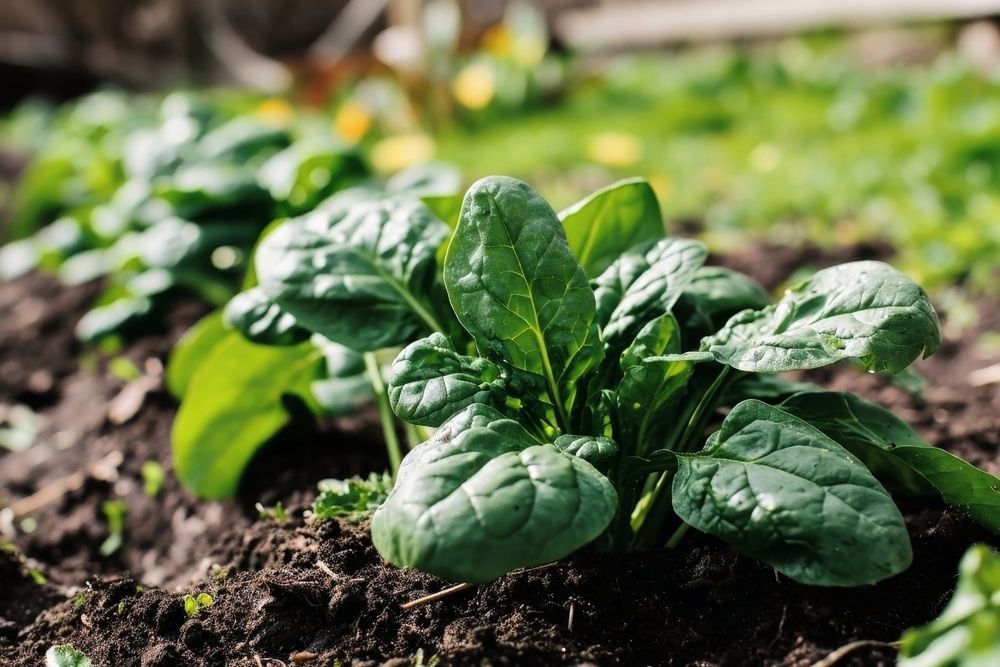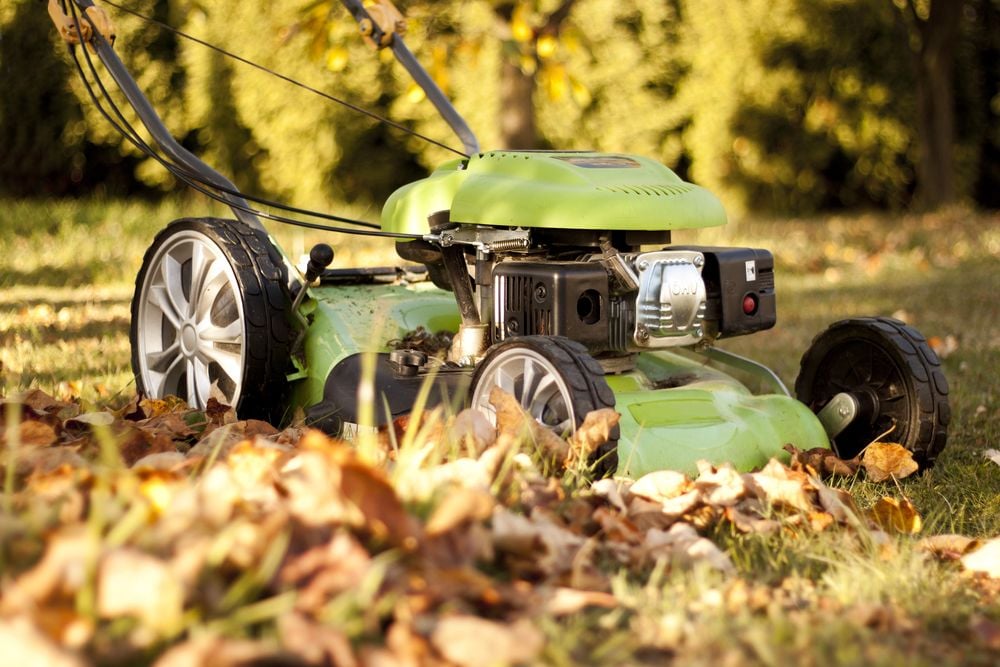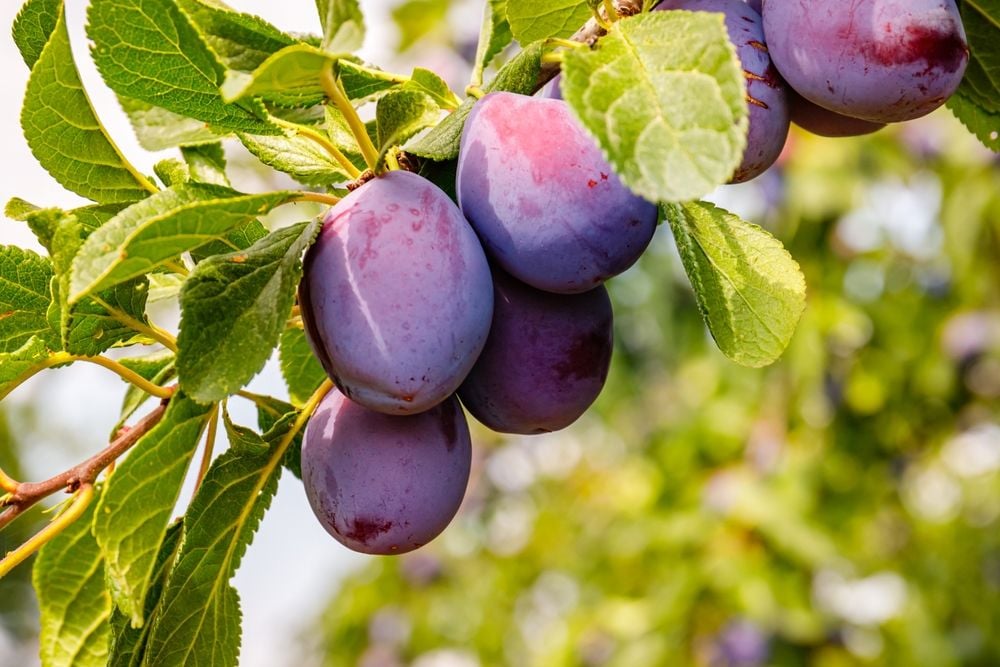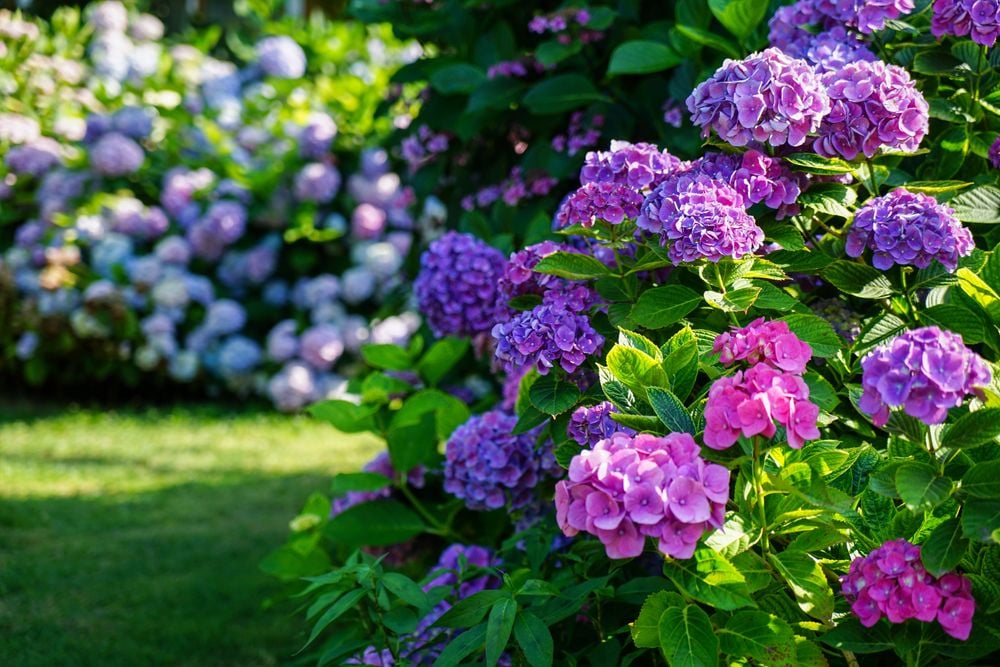
Mastering the Art of Harvesting Homegrown Spinach
- Jun 4, 2025
Nurturing spinach, an excellent crop that predominantly thrives in cool weather, and harvesting it judiciously, is more straightforward than you think! However, timing is instrumental to the process, as the verdant foliage tends to wilt under the scorching summer sun. We have rounded up the advice of horticulture authorities to help you reap your homegrown spinach most effectively.
According to Meg Austin, a gardening teacher, it is recommended to harvest spinach early in the morning with cool temperatures and before the crushing heat of the day begins to damage the leaves. While most spinach types mature fairly quickly (around 50 days), harvesting can commence even earlier. "You can harvest spinach at any stage from baby leaf to a fully mature plant," suggests author Kathy Jentz. "It is ideal to wait until the leaves are about 5 to 7 inches long, and then selectively cut the larger, external leaves while allowing the inner, smaller ones to enlarge, making for your next harvest."
However, procrastinating on spinach harvest can prove detrimental. "When spinach begins to bolt (initiates flower development and seed setting), I’d say it's too late to harvest," warns Jentz. Though not impossible, spinach harvested at this stage will lack sweetness and might even have a bitter aftertaste.
The act of harvesting spinach is quite simple! Ready to learn how?
For those needing a minimal quantity of spinach, you could pick individual leaves one at a time using scissors. "The most efficient way to go about this is by shearing off the largest external leaves first, allowing the central younger ones to continue growth. It's almost like giving your plant a stylish trim rather than uprooting it entirely, ensuring a long, continuous harvest period," instructs Austin.

On the other hand, if you require a larger quantity of spinach, grasp a cluster of leaves and slice them a few inches above the plant base, ensuring you don't accidentally disturb the roots or crown in the process. This will enable the plant to regenerate leaves, restarting the cycle (give it a couple of weeks for recovery). It would be wise not to harvest more than a third of the leaves at once, or else the plant might struggle to regrow.
As the spinach season approaches its end, it wouldn't hurt to reap the entire plant by taking off all the leaves. Once the plant becomes fully mature, Austin recommends cropping it off completely below the crown. "Mature plants don’t rebound quite as well, so it’s generally a one-shot harvest," she notes. If the spinach starts to bolt ( sprout flowers), it's now high time to retire from harvesting.
Post harvest, the spinach leaves should be rinsed and thoroughly dried before storing. "Laying out the leaves on a clean towel could hasten the drying," adds Austin. Once completely dry, the leaves should be placed in a dry container or bag along with a paper towel to absorb residual moisture. Stored in the fridge, they should remain fresh for over a week. Austin also suggests freezing a portion of the cleaned and dried spinach leaves, perfect for later use in smoothies or soups.
As long as you do not prune below the crown (the point from which leaf growth emerges) or harvest more than roughly a third of the leaves at a time, spinach will eagerly sprout again until the season fades away. Also, careful planning to evade peak summer heat can aid in preventing premature bolting. Says Austin: "I typically plant very early-sometimes even during late winters if the land permits-and I choose bolt-resistant varieties like Bloomsdale." Strategic watering and provision of afternoon shade can help keep the plant stress-free. "Sequential planting is also an excellent strategy to ensure that when one batch bolts, another is ready to spring up. Eventually, when the plant succumbs to the season, I let it go to seed and reserve a portion for the following year," she concludes.






